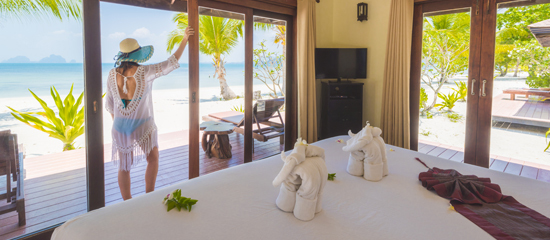Cayman Islands
The Cayman Islands are a group of three islands in the Caribbean. This British Territory basically has two seasons; the Wet Season runs from May to October and the Dry Season runs from November to April. The primary language is English.
Grand Cayman is the largest and most populous of the three islands. The capital, George Town, has the highest population with approximately 28,000 residents and Seven Mile Beach is home to most of the resorts and hotels. Grand Cayman offers everything from a distillery tour to scuba diving and snorkeling. You can even visit Hell…sort of. Ironshore Landscape of Hell is a 23-acre marine theme park with black limestone formations, which prompted the name. There’s a 75’ observation tower that provides views of the whole island. Mastic Trail is full of hiking trails, a lighthouse in the East End is still in use and offers a bit of history, and Boatswain’s Beach, a Cayman Turtle Farm, is a must see for nature lovers.
People looking for a less populated vacation may enjoy the smaller islands, Cayman Brac and Little Cayman. Each of these two islands are home to about 2,000 residents.
Cayman Brac is world-renowned for diving locations. There are shipwrecks to explore, including one of the few Soviet vessels in the Western Hemisphere. Travelers interested in the quirky side of nature must see Bioluminescent Bay, home to an unusually large population of glow-in-the-dark plankton. Tours are based upon the Lunar cycle and are best viewed during a dark moon. When you’re ready to dry off, you can take in some caves, hiking trails, or try your arms and legs at rock climbing.
Little Cayman - don’t let the name fool you! Little Cayman might be small, but it’s full of activities. You can go diving in Bloody Bay or Jackson’s Bight. The Booby Pond Nature Reserve has a large red-footed Booby population. Plan your visits there carefully. The observation platform is available all day, but the building is only open for a few hours during the week and staffed by volunteers. Little Cayman hosts three critically endangered species, Lesser Cayman iguana and hawksbill sea turtle and one threatened species, West Indian Whistling Duck.
For people looking for a traditional beach experience, Point of Sand is the best sandy/swimming beach in the Cayman Islands. It’s busy with locals on the weekends and more or less deserted on the weekdays. There are no services or potable water, but there are shelters and grills.
Off the shore of Little Cayman is Owen Island, home to nature and that’s about it. There are no buildings, no homes, and no human population. The island is only accessible by boat. The island is popular with privacy-seekers and adventurers who want unspoiled nature.
Whether you’re looking for water activities for adventures on land, the Cayman Islands are sure to make everyone happy. Check out our Vacation Planning Resource Center for information to guide you on your next trip!





